Why Will Sea Levels Continue to Rise Even if Nations Hold Greenhouse Gas Emissions at Current Rates
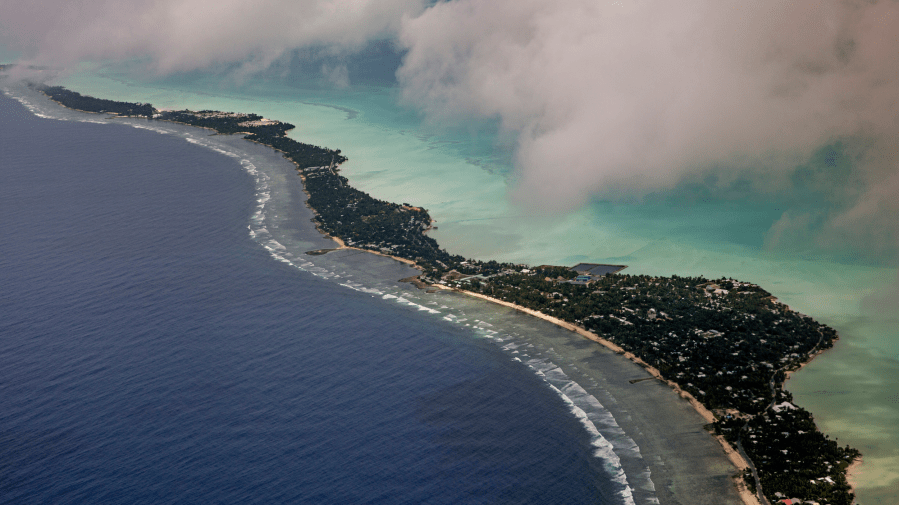
Sea level rise is almost always part of the conversation when it comes to climate change and the cities that will be impacted. As sea levels increase, coastal communities are expected to experience more frequent and severe flooding from high tides and storm surges, which over time may damage infrastructure, threaten safety and lower property values. According to NASA, which has been measuring sea level change since 1900, sea level rise is mainly caused by added water from melting ice sheets or glaciers and seawater expansion from warming ocean temperatures — all effects of long-term shifts in weather patterns and temperatures that have become all too familiar in recent years.
NASA also estimates that the average height of the entire ocean surface (or the "global mean sea level") has been rising by 3.4 millimeters per year since 1993. Rising sea levels won't just negatively impact human communities by contaminating drinking water, destroying croplands and damaging the economy, but will also hurt wildlife populations and entire ecosystems as well.
We know what causes sea level rise, but what are the solutions? Cities and countries affected by rising sea levels are coming up with inventive, unique — and sometimes controversial — answers.
Indonesia Is Shifting Its Capital
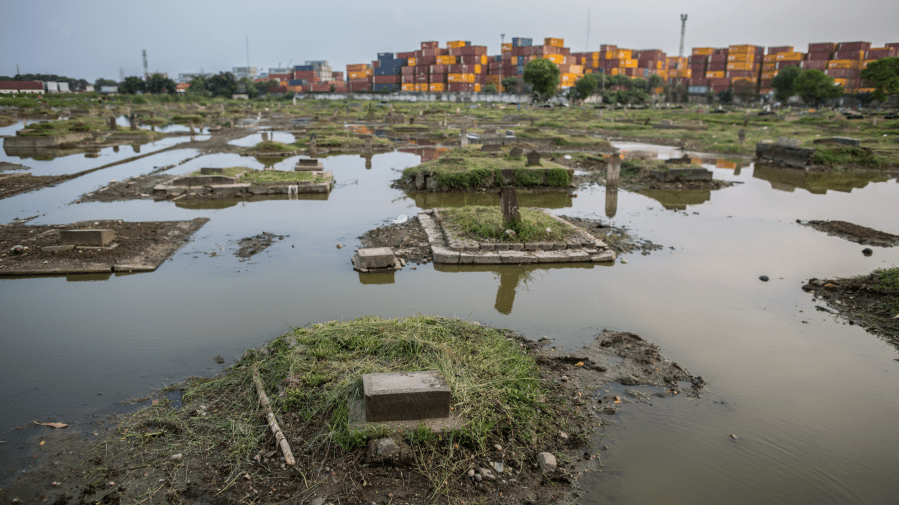
Flooding has been an issue in Indonesia's capital city since the 1990s. Thanks mainly to the monsoon season bringing annual swells to the several low-lying rivers along Jakarta's edge, its 10 million residents are no strangers to rising sea levels — though the issue has grown worse in recent decades. In 2007, for example, a monsoon submerged 70% of the city. Beyond the links to climate change, Jakarta's sinking is also exacerbated by unsustainable groundwater extraction.
By some accounts, Jakarta is the fastest-sinking city on Earth, and experts say that about half of North Jakarta will be completely submerged by 2050 if nothing changes. Among plans to construct massive seawalls and artificial islands around Jakarta Bay, Indonesia's politicians have gotten the go-ahead to move the country's capital from Jakarta on the island of Java to a new location in the East Kalimantan province of Borneo.
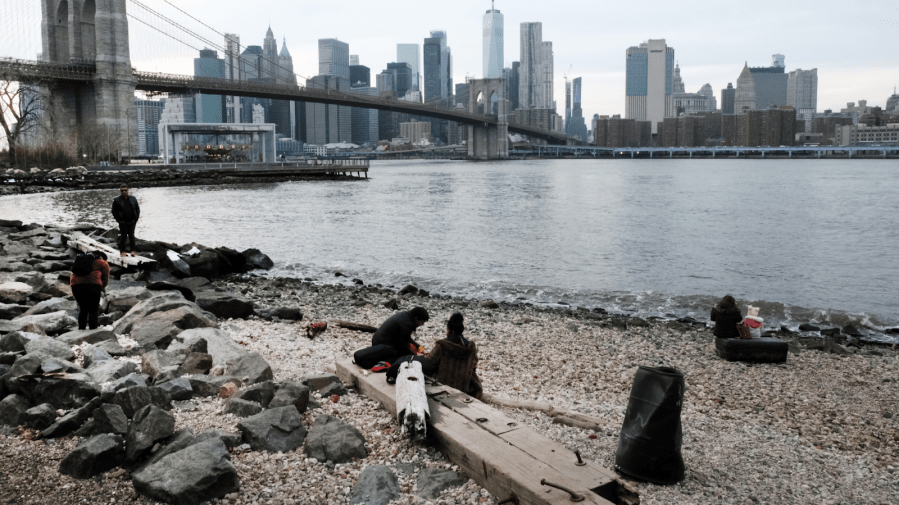
Since 1950, New York's sea level has risen about nine inches. New York City, the most populous city in the United States with nearly 8.5 million residents as of 2015, is especially vulnerable due to its unique location and popular network of underground transportation.
To address both current and future risk, the city and federal government are shelling out $1.45 billion on a coastal resiliency project promising 2.4 miles of flood protection. Once completed, the East Side Coastal Resiliency Project will have created a vast system of floodwalls and floodgates, as well as elevated parts of the region by up to nine feet. By the city's estimates, the project will protect over 110,000 residents from the impacts of climate change, many of whom live in low-income or public housing.
"Building a recovery for all of us means fighting climate change and investing in resilient communities. This project will keep generations of New Yorkers safe from extreme weather, coastal storm, and rising sea levels – all while preserving and improving some of our city's most iconic open spaces," said then-Mayor Bill de Blasio in a press release celebrating the beginning of major construction on the project. "This city will lead the way in preparing for the worst effects of climate change and ensuring we bounce back faster and stronger from the next major storm."
The Maldives Is Creating a Floating City
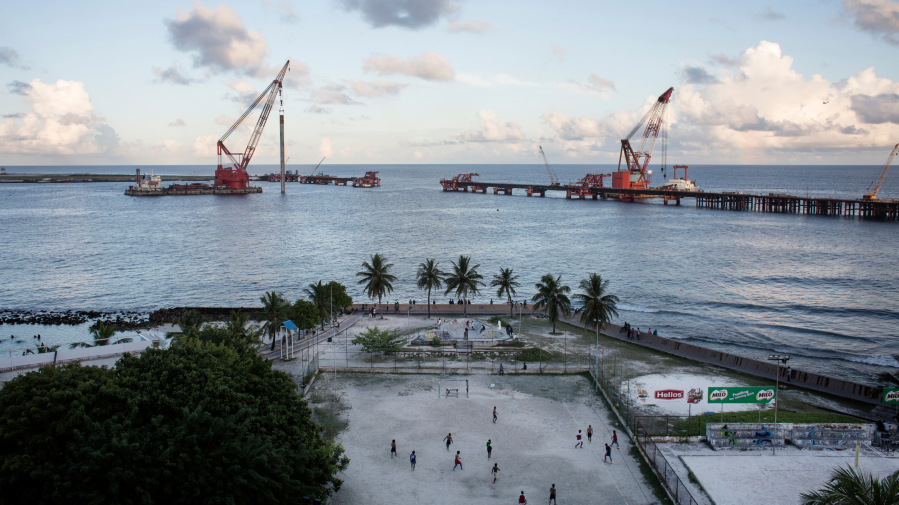
The Maldives is a nation of small islands situated in the Indian Ocean. In total, the country (which is also a UNESCO-designated biosphere reserve) is made up of 1,200 islands stretching across a length of 871 kilometers. It also has the lowest terrain of any country in the world — more than 80% of its coral islands stand under 1 meter above sea level — so it is widely regarded as one of the world's most vulnerable landscapes to sea level rise.
To combat any more future threats of sea level rise, the Maldives government has formulated a somewhat unconventional plan — they've hired a Dutch property developing company to create a "floating city." Poised for completion in 2027, the city's floating units will include space for thousands of homes as well as restaurants, shops, schools and even a hospital. Conveniently, the city will be located in a 200-hectare warm water lagoon just 10 minutes away from the Maldivian capital city, Male, by boat.
"As a nation at the front-lines of global warming, the Maldives is perfectly positioned to reimagine how humankind will survive – and, indeed, thrive – in the face of rising seas and coastal erosion," said the developers in a press release. "By leading in this effort, the Maldives not only lays the groundwork for combatting its own climate challenges, but provides a viable blue-print for other nations to follow."
Miami is Considering a $6 Billion Sea Wall
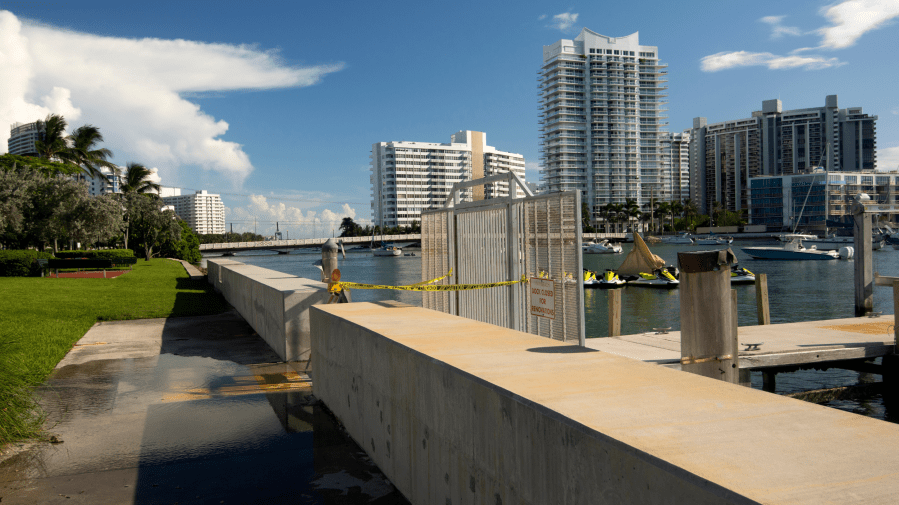
Home to 460,000 people, Miami is located on the southeastern edge of Florida — where local officials estimate sea levels to rise by 10 to 17 inches by 2040. Miami-Dade county has even made a handy 3-D sea level rise viewer available to allow planners and residents to view areas that could be affected by future sea level rise.
In 2021, the US Army Corps of Engineers proposed building a massive 20-foot, $6 billion seawall alongside Miami's financial district, which met plenty of controversy. While the project is under review, the city released a strategy that focused on elevating homes and roads, calling for construction farther inland and creating open space for flooding in low-lying areas.
China is Leveraging Nature-Based Solutions
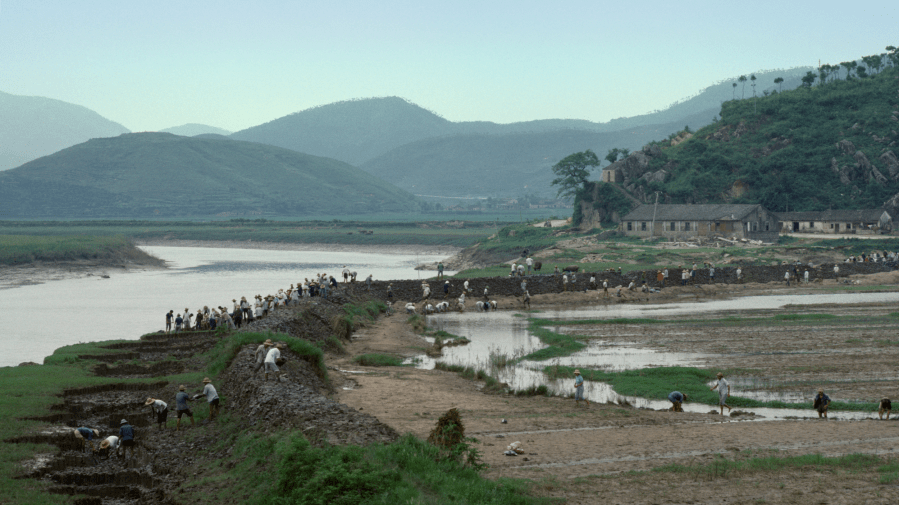
According to a government report, China's sea levels reached their highest point on record in 2021 due to rising water temperatures and glacier melting. Although coastal sea levels around China have been rising an average of 0.13 inches per year since 1980 (higher than the total global rate) levels were 3.3 inches higher in 2021 than the average between 1993 to 2011.
The report also mapped out the economic impact on coastal communities from rising sea levels, citing a total direct economic loss of over 3.07 billion yuan (about $459 million USD) in 2021 — 36% of the average economic loss over the past decade. Studies show that while about 600 million people were living in the low-elevation coastal zone of China in 2015, that number is set to increase to over one billion by 2060.
The Chinese government has had plans in the works for a while, most notably since 2014, when it launched its "sponge city" concept focused on nature-based solutions such as integrating green spaces and blue systems, like wetlands.
Source: https://www.reference.com/geography/cities-and-countries-affected-rising-sea-levels?utm_content=params%3Ao%3D740005%26ad%3DdirN%26qo%3DserpIndex&ueid=2c4988d2-d571-4414-9954-62a115fd9fcf
0 Response to "Why Will Sea Levels Continue to Rise Even if Nations Hold Greenhouse Gas Emissions at Current Rates"
ارسال یک نظر